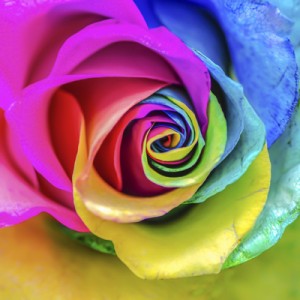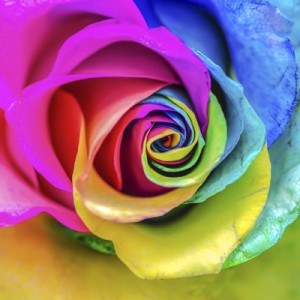 When plants are watered, the water travels up the roots of the plant, and to all of the plant’s parts. So, with sunlight and time, the colored water eventually made to the plant’s flowers, creating the color change you observed.
When plants are watered, the water travels up the roots of the plant, and to all of the plant’s parts. So, with sunlight and time, the colored water eventually made to the plant’s flowers, creating the color change you observed.
Please login or register to read the rest of this content.


Try trimming the stems at an angle prior to putting the flowers in colored water.
So I tried a carnation flower that had sparkles on it bc that was the only tipe We had but it did not work so we thought that it might have been the sparkles so we tried daisies ( more than 1 ) but the did not work and they died =( O the carnation did not die! It just stayed white 🙁 then I thought possibly the daisies were the problem but I went to my Grandmas house and somebody died daisies for her a hole bunch and different colors! Why did mine not work ( daisies did not have sparkles)
Thanks
=P 😛 ;P lol
0 0
U
We do this a lot in the summer ; )
Yes – some flowers will show the coloring better than others. Try carnations that are light in color.
Does it matter what type of flower you use?
Thanks, Juliette
Usually just one. The image here have been painted by an artist, but I wonder if there’s a way to do it with more than one? What do YOU think?
In this experiment, do you mix a several different colors or just one. I would love to see if we could get a flower to look like the picture above. Thanks!
my flowers were better than yours. I swear! 😉 😀 LOL JK JK JK LOL
AWESOME!!!!!!!!!!!